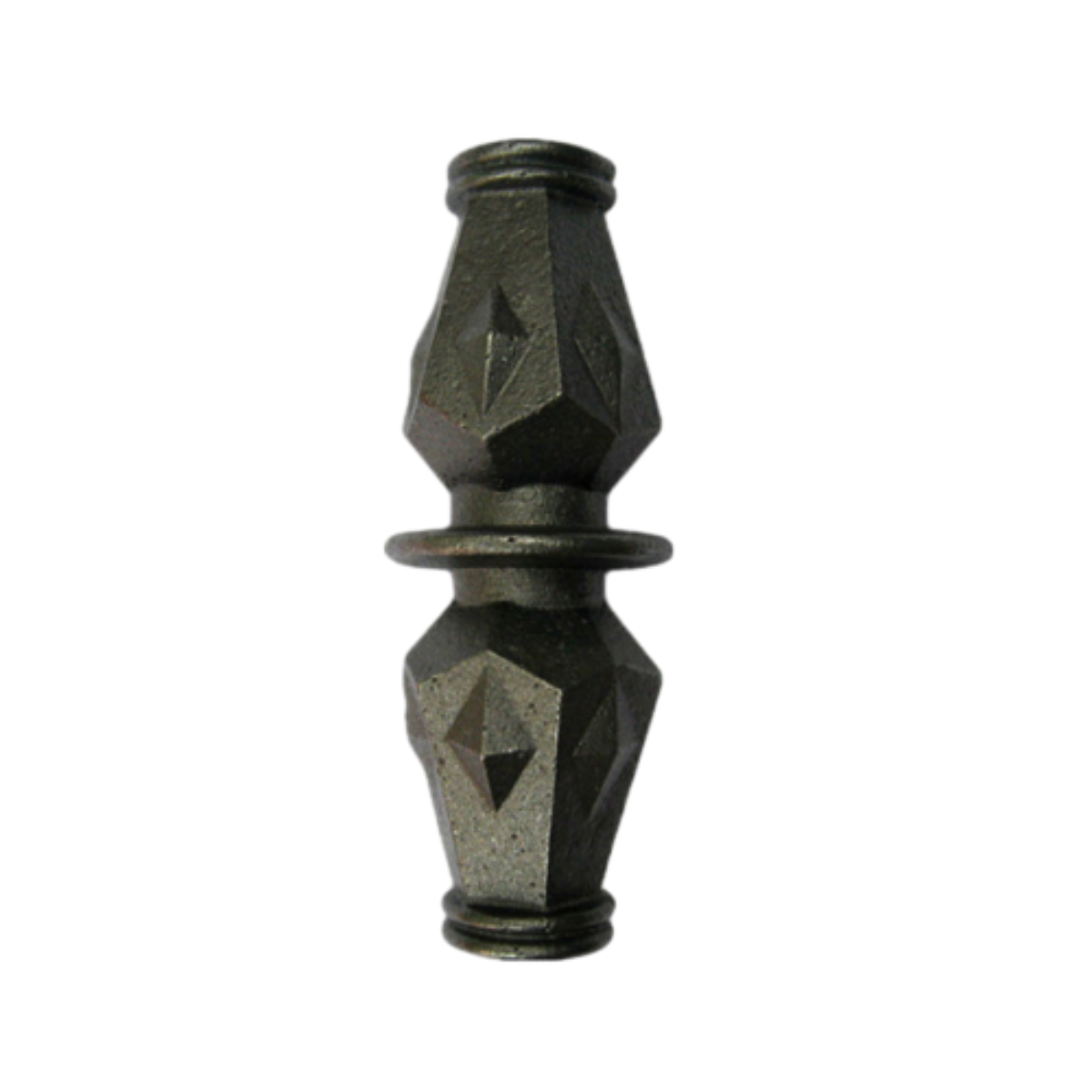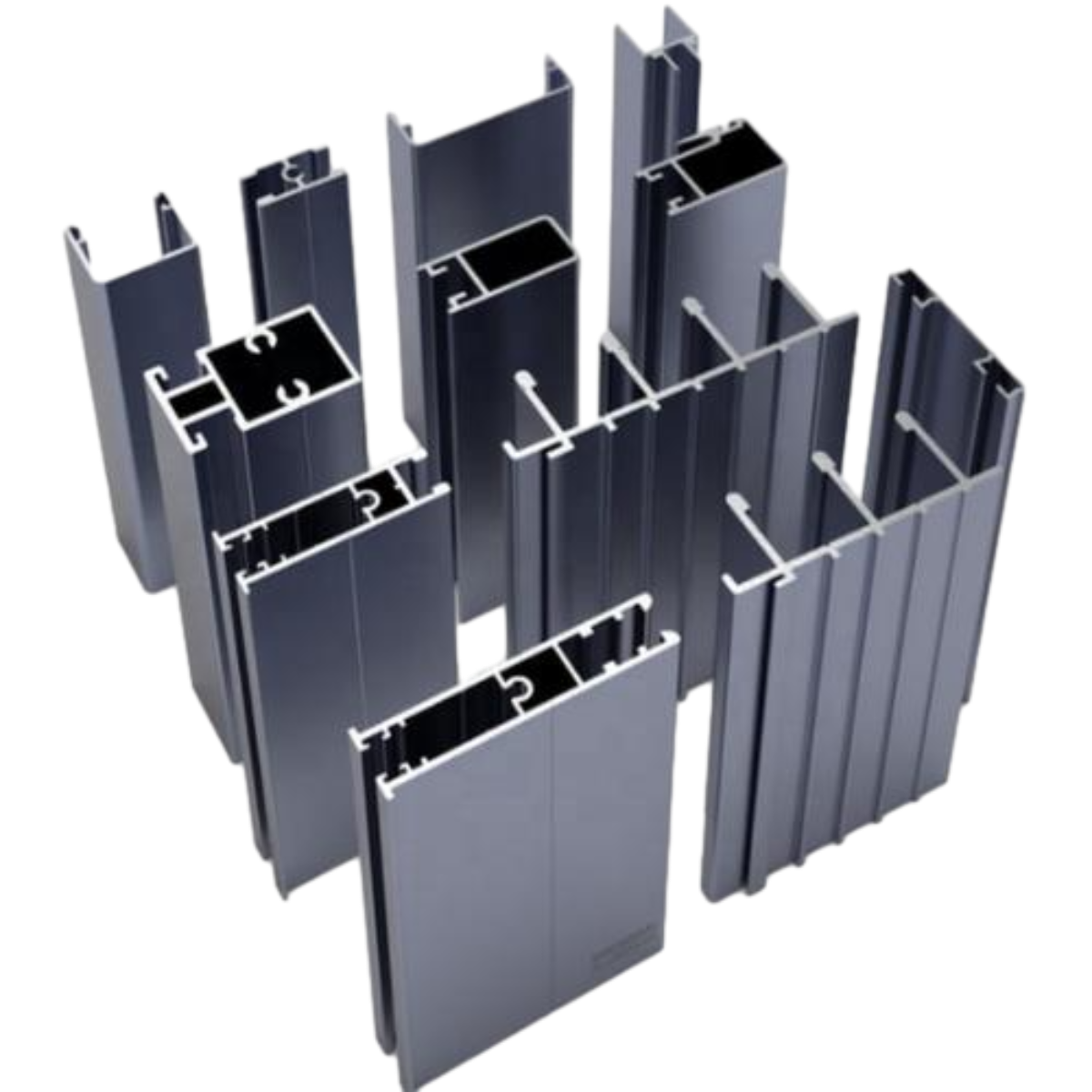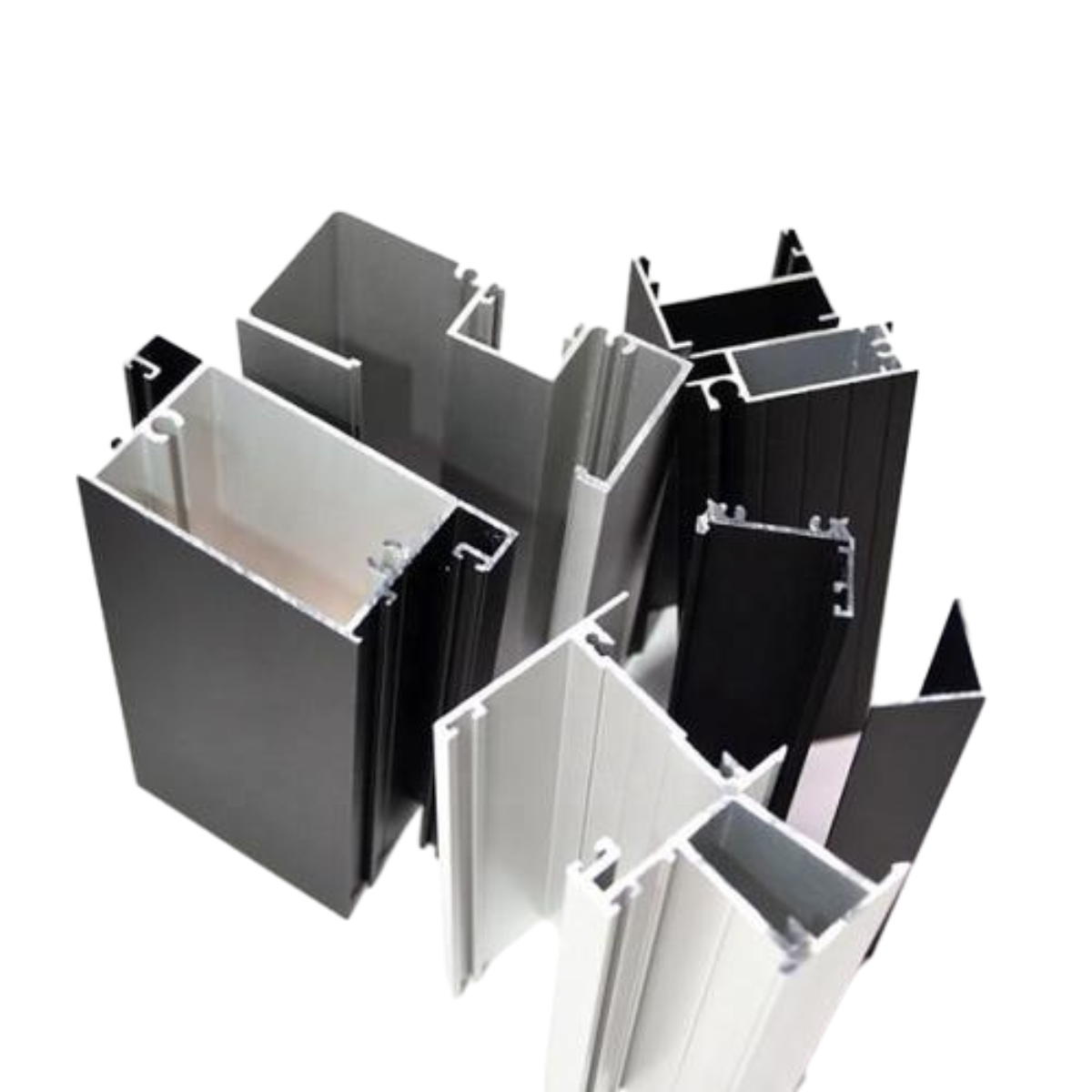iron casting patterns
Understanding Iron Casting Patterns A Key to Quality Production
Iron casting is a fundamental process in metallurgy where molten iron is poured into a mold to create a solid object. One of the critical components of this process is the use of patterns. Patterns are replica models of the object to be cast, and they play an essential role in defining the shape, dimensions, and texture of the final product. In this article, we will explore the different types of iron casting patterns, their materials, and their significance in the casting process.
Types of Iron Casting Patterns
There are several types of patterns used in iron casting, each serving a specific purpose and suited to different casting methods. The most commonly used patterns include
1. Solid Patterns This is the simplest form of a pattern that represents the exact shape of the final casting. Solid patterns are made as a single piece and are easy to use. However, they can be cumbersome for complex shapes.
2. Split Patterns This type is divided into two halves, allowing for easier removal from the mold. Split patterns are beneficial when casting objects with undercuts or intricate details, as they help avoid damage to delicate features.
3. Core Patterns Core patterns are utilized when internal cavities are required in the final casting. These patterns are designed to create cores, which are added to the mold to form these internal spaces.
4. Match Plate Patterns This innovative design consists of two parts mounted on a plate, facilitating the production of multiple identical castings. Match plate patterns are efficient for high-volume production due to their ability to produce molds quickly and consistently.
5. Loose Patterns Unlike solid patterns, loose patterns are used for casting processes where quick mold changes are essential. They are not fixed to the molding box and can be removed easily after the mold is created.
Materials for Patterns
The materials used to create patterns are crucial for achieving the desired outcome. Common materials include
- Wood Traditionally, wooden patterns have been the most widely used due to their ease of fabrication and affordability. However, wood can warp and swell, impacting dimensional accuracy over time.
iron casting patterns

- Metal Metal patterns are more durable and can withstand the rigors of repeated use. They are ideal for high-volume production but are more expensive and complex to manufacture.
- Plastic Modern advancements have introduced plastics into pattern-making. Plastic patterns are lightweight, resistant to moisture, and capable of replicating intricate details, making them an attractive option.
- Composite Materials These materials combine the best attributes of various substances, providing durability and precision without the weight of metal. They are becoming increasingly popular in pattern-making.
Importance of Patterns in Iron Casting
The use of patterns in iron casting is vital for several reasons
1. Accuracy Patterns ensure that the dimensions and shapes of the final castings align precisely with design specifications. This accuracy is crucial in industries that require high tolerances, such as automotive and aerospace manufacturing.
2. Efficiency Patterns speed up the casting process by providing a consistent and repeatable method of mold creation. This efficiency reduces production time and costs, making it a competitive advantage.
3. Quality Control Using accurate patterns helps minimize defects in the final product. Patterns serve as a benchmark for quality, allowing manufacturers to monitor consistency and make adjustments as needed.
4. Design Flexibility Patterns offer designers the flexibility to create complex shapes and features, opening up new possibilities in product development. This adaptability enables innovation in design and function.
Conclusion
Iron casting patterns play an integral role in the foundry industry, influencing the quality, efficiency, and accuracy of the casting process. With a wide variety of pattern types and materials available, manufacturers can choose the best fit for their specific needs. As technology continues to advance, the evolution of pattern-making will undoubtedly lead to even more innovative approaches in iron casting, ensuring a future where quality and efficiency remain at the forefront. Understanding the intricacies of iron casting patterns is essential for anyone involved in this critical manufacturing process.
-
Why Choose Cast Iron for Your Next Project?NewsApr.27,2025
-
Timeless Charm of Cast Iron Decorative ElementsNewsApr.27,2025
-
Wholesale Cast Iron Products: A Growing Trend in Home and Garden DécorNewsApr.27,2025
-
The Advantages of Using Ornamental Cast Iron Parts in Your Design ProjectsNewsApr.27,2025
-
Why Ornamental Iron Castings Are Essential for Timeless DesignNewsApr.27,2025
-
The Elegance and Durability of Ornamental Cast Iron PanelsNewsApr.27,2025















